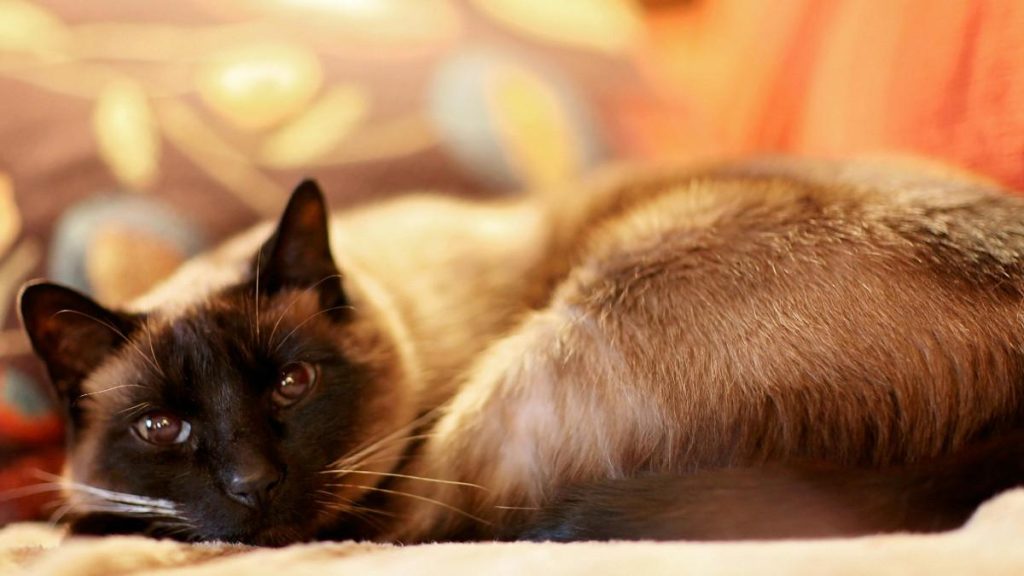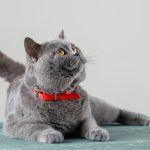The Burmese cat is a beautiful domestic cat breed that stands out for its gentle temperament, intelligent behavior, and striking appearance. Originally from Burma, near the Thai–Burma border, this breed has won hearts across the United States, Britain, and beyond. With roots tracing back to a cat named Wong Mau, brought to the U.S. in 1930, the Burmese was later bred with American Siamese, resulting in two distinct varieties: the American Burmese and the British Burmese (also called European Burmese). Though they share the same origins, they differ slightly in appearance. Most modern Burmese cats are descendants of Wong Mau and have evolved with a wide variety of colors—though the traditional deep brown (sable) remains the most beloved.
What makes this breed truly special is its unique combination of looks and personality. The Burmese is known for being round all over—head, ears, eyes, chin, and feet—which gives them a soft, expressive charm. Their coat is short, glossy, and silky, often described as copper colour or dark brown, and some kittens may show darker shading at the points that fade with age, revealing a deep richness in tone. These pedigreed felines are friendly, loving, and incredibly people-focused. I once visited a UK-based veterinarian, Dr. Primrose Moss (VetMB, MRCVS), who described them as “so dog-like in their behavior, they’ll follow you from room to room like a spunky pup.” They enjoy zooming around the house, a good game of fetch, or just cuddling on the couch. Because they don’t like being left alone, they make the perfect pet for someone who enjoys constant companionship.
Why You Should Choose a Burmese Cat
If you’re looking for a cat that is affectionate, loyal, and easy to care for, the Burmese cat is a perfect choice. They are incredibly social, love being with people, and enjoy cuddles and playtime. With their silky coat, gentle voice, and friendly nature, Burmese cats make wonderful companions for families, singles, and seniors alike.
History of the Burmese Cat
The history of the Burmese cat is both fascinating and important to understanding the breed’s unique identity. While some Burmese cats were imported from the Malay Peninsula, nearly all modern Burmese trace their origins to a walnut brown female named Wong Mau, brought to America by a sailor in 1930 and later given to Dr. Joseph G. Thompson of San Francisco. She had darker points on her head, legs, and tail, and her unique appearance led to a breeding program with Tai Mau, a seal point Siamese. From their litters came three types of kittens: some with Siamese markings, others like their mother, and some with solid chocolate brown coats. The darkest, with no points, were used to create the foundation of the Burmese breed.
The CFA began registering Burmese cats in 1936, and by 1959, the breed achieved full championship status. Throughout this time, dilute colors like blue, lilac, and chocolate occasionally appeared in litters. Though initially controversial, they were later accepted, renamed, and are now shown in shades like sable, champagne, platinum, and blue. In Myanmar (formerly Burma), the breed was considered sacred and kept in temples and monasteries. Today, both American Burmese and European Burmese are recognized by the Cat Fanciers’ Association, while the Governing Council of the Cat Fancy in the U.K. acknowledged them in 1952, and the International Cat Association added them in 1979.
Though some early breeders crossed Burmese with Siamese, leading to the Tonkinese, this practice was later prohibited to preserve breed standards. Despite early delays in recognition, the Burmese breed is now recognized by all major cat registries, although not all colors are permitted everywhere. The breed’s journey from temples in Burma to global popularity is a testament to its enduring appeal and rich genetic heritage.
Physical Characteristics
The Burmese cat is known for its muscular, compact body and round features. Despite being medium in size, it feels heavier than it looks because of its strong bones and solid build. Their head is round, with wide-set golden or yellow eyes that give them a soft, expressive look.
The coat is short, silky, and lies close to the body. It has a shiny texture and comes in beautiful colors like sable (dark brown), champagne, blue, and platinum. The tail is straight and medium in length, adding to their balanced appearance.
Personality and Temperament
The Burmese cat is known for its friendly and affectionate personality. These cats love being around people and enjoy spending time with their owners. They are very social and often follow you from room to room, showing their strong desire for companionship. Burmese cats are also quite playful and stay active well into adulthood, often acting like kittens with their love for toys and games.
In addition to being energetic, they are very loving and enjoy cuddles, sitting on laps, and being held. Their strong emotional bond with humans makes them ideal pets for families. They are also highly intelligent and curious, always exploring their surroundings and eager to learn. Many Burmese cats can be taught simple tricks and enjoy interactive toys that challenge their minds.
While they do like to “talk,” their voice is soft and gentle, making them pleasant companions. They often use their voice to express affection or to get your attention in a sweet, non-demanding way.
Care and Maintenance
Caring for a Burmese cat is quite easy, thanks to their short, silky coat that requires minimal grooming. A quick weekly brushing is enough to remove loose hair and keep their fur smooth and shiny. Since they don’t shed much, they are often preferred by people who want a low-maintenance pet.
These cats are very active and need daily playtime to stay healthy and happy. Toys, climbing posts, and interactive games help keep them mentally and physically stimulated. They also enjoy human interaction, so spending quality time with them is important for their emotional well-being.
Feeding them a balanced diet with high-quality cat food and ensuring they have fresh water at all times is essential. Regular vet check-ups, vaccinations, and dental care will help keep your Burmese cat in top health. Keeping their litter box clean is also important, as they prefer tidy spaces.
Health and Lifespan
The Burmese cat is generally a healthy and strong breed with a lifespan of around 12 to 16 years, and some even live longer with proper care. They are known for their hardy nature, but like all breeds, they can be prone to certain genetic health issues.
Some common concerns include diabetes, cranial deformities, and feline hyperesthesia syndrome (a condition that causes sensitivity in their skin). Regular vet check-ups, balanced nutrition, and keeping them active can help prevent many health problems.
By providing a loving home, routine care, and early medical attention, your Burmese cat can enjoy a long, happy, and healthy life.
Interesting Facts About Burmese Cats
- Burmese cats are full of surprises! One interesting fact is that they are often called “bricks wrapped in silk” because of their solid, muscular bodies and soft, shiny coats. Despite their elegant look, they are quite heavy when picked up.
- They are also known for their dog-like behavior. Burmese cats enjoy playing fetch, following their owners, and even greeting people at the door. They are very loyal and often form strong bonds with one person in the family.
- Another fun fact is that the original Burmese cat named Wong Mau was brought to the U.S. from Burma (now Myanmar) in the 1930s. She became the foundation of the entire breed!
Final Thoughts
The Burmese cat is truly a special breed that stands out for its loving nature, charming looks, and playful personality. They form deep emotional bonds with their owners and love to be part of the family. Whether you’re playing a game, relaxing on the couch, or simply moving around the house, a Burmese cat will likely be right by your side.
Their short, silky coat makes grooming simple, and their friendly attitude makes them a great fit for families, singles, and even seniors. With a lifespan of up to 16 years or more, they offer long-term companionship when given proper care, regular vet visits, and lots of love.
If you want a pet that is affectionate, intelligent, and easy to manage, the Burmese cat is a wonderful choice. They’re not just pets—they become loyal companions and beloved family members.
Frequently Asked Questions (FAQs)
Q1. Are Burmese cats friendly?
Yes, Burmese cats are very friendly, social, and affectionate. They love being around people and enjoy cuddling and playing.
Q2. Do Burmese cats get along with children and other pets?
Absolutely! They are gentle and patient, making them great with children and other friendly pets like cats and dogs.
Q3. How much grooming do they need?
Very little. Their short, silky coat only needs a quick brushing once a week to keep it clean and shiny.
Q4. How long do Burmese cats live?
With good care, Burmese cats can live around 12 to 16 years, and some even live longer.
Q5. Do Burmese cats need a lot of attention?
Yes, they do. They love company and may feel sad if left alone too long.


